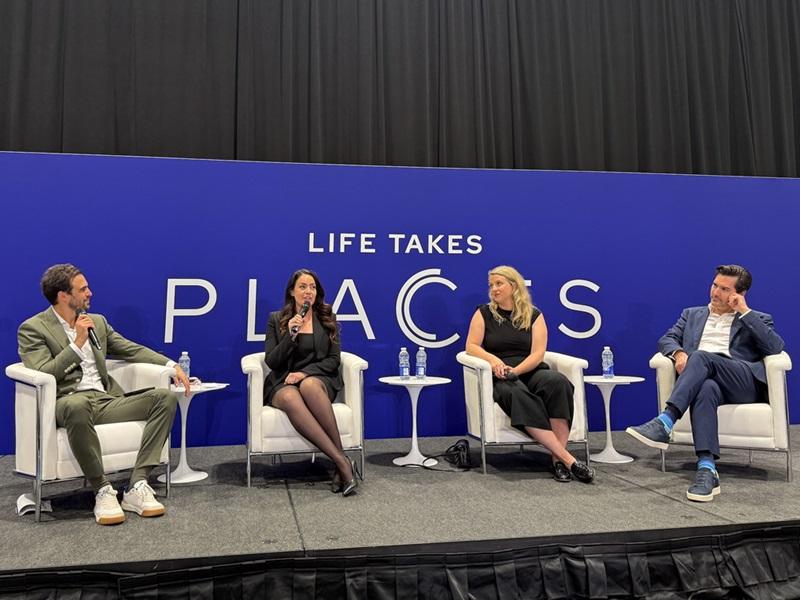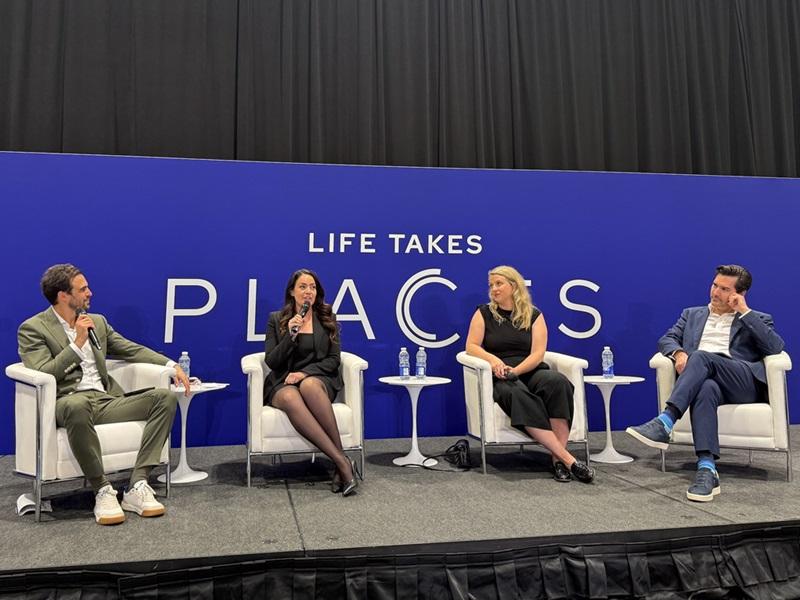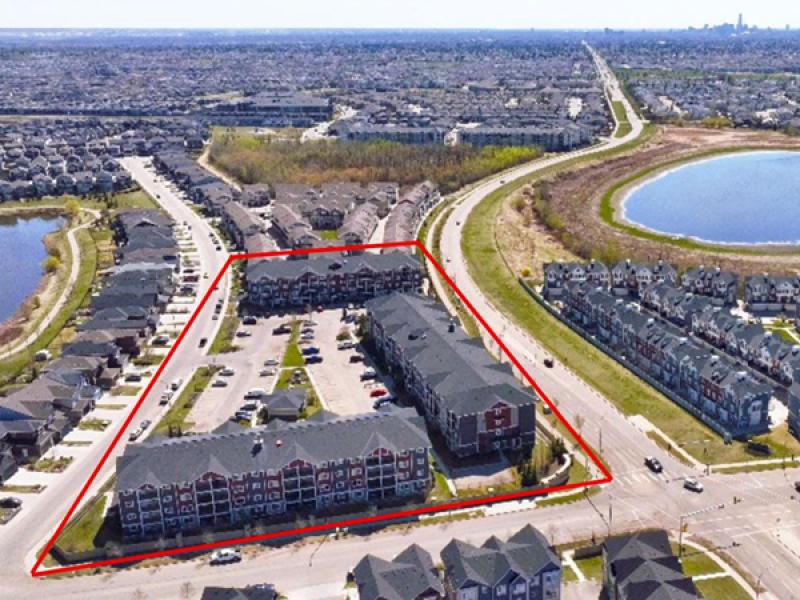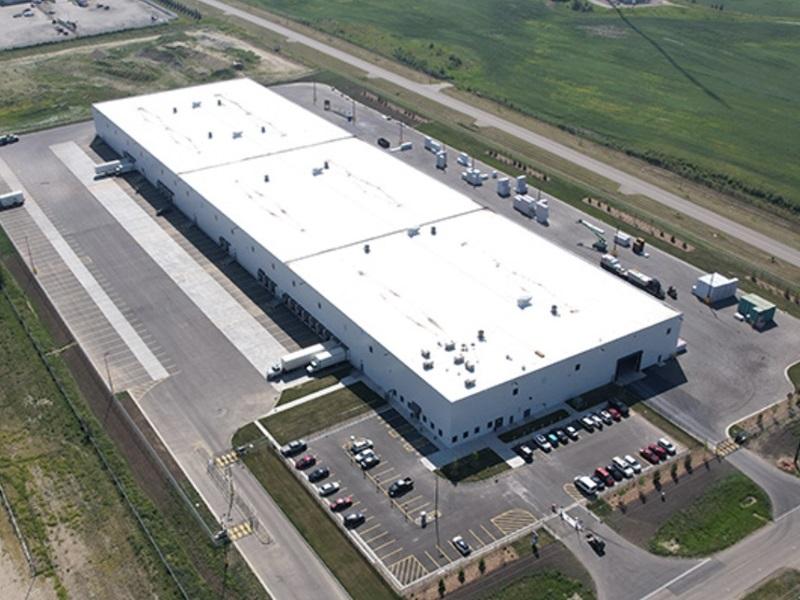
Today’s e-commerce and omnichannel retail landscape is pushing shopping centres to find new ways to stay relevant and reinvent themselves as physical destinations. We are also seeing many older local malls across North America still struggling with how they can deliver value to the communities they were built to serve.
Layering on the lasting effects of the pandemic, and now the influence of AI, the industry is shifting more and more to focus on in-person experiences to overcome these challenges and deepen the consumer experience.
This is where creative placemaking comes in.
In addition to being a tactic to drive foot traffic and boost short-term sales, creative placemaking, when done correctly, can build long-term asset value through building authentic community connections to a place.
Sometimes creative placemaking can take the form of seasonal activations and cultural celebrations; or it can be the intentional design of permanent infrastructure like art installations and performance spaces that can evolve with a community over time.
In both scenarios, we are seeing creative placemaking strategies reinvigorating shopping centres as community destinations, bringing them back to what they were initially designed for in the 1950s, a place for the community to not only shop, but to gather.
Placemaking a proven investment
There is also a growing body of research and case studies to support the business case for these investments, including increases in lease rates and rents.
Research we conducted with Toronto Metropolitan University showed the potential return on investment for placemaking interventions, most notably a 50 per cent increase in time spent at a location and over 60 per cent growth in positive feelings about the environment. In short, investing in storytelling, programming and “non-transactional” value is what will keep people engaged and more importantly, make them want to come back.
At ICSC Canada, I had the opportunity to moderate a discussion, The Art of Place, that explored this concept with real life examples. Panellists included Jennifer Dunn, senior director of marketing at JLL; Jorge Gerini, managing director at Sordo Madaleno Arquitectos; and Melissa Campisi, vice-president, national marketing – retail experience at QuadReal Property Group.
From Canada to Mexico, here are the key themes and trends discussed.
Retail as “third places” for building community connections
While shopping can easily happen online, real-world interaction and belonging require places that invite people to gather, linger, and connect.
I think shopping centres in Mexico are doing this extremely well. There has been a shift in thinking from commercial developers and asset owners in Mexico about the importance of creating more “third places,” spaces between home and work where community life happens.
In particular, I am a big fan of the projects by Sordo Madaleno. Their dual perspective, as designer and developer, is what I believe makes their developments beautiful, functional and viable, from both a human and financial standpoint. They strongly believe in the importance of curating experiences rather than just designing physical space.
As Gerini explained at ICSC, architecture alone won’t keep people in a place all day, it’s about building a rhythm of activation, relevance and emotional connection to our local community over time.
They practice what they preach. Sordo’s flagship shopping centre, Artz Pedregal, is a mixed-use office and retail complex in southern Mexico City. Designed as an open-air park and urban destination, it blends retail, gastronomy, gardens and shaded plazas to attract diverse visitors.
Beyond its physical design, the project’s success lies in its continuous cultural programming, concerts, pop-up markets, art installations, wellness sessions and seasonal events curated by a dedicated cultural team.
Artz Pedregal also houses Arte Abierto, a permanent art gallery reflecting Mexico’s deep affinity for art. The gallery has become both a cultural landmark and a commercial driver, increasing visitor footfall, dwell time and tenant satisfaction, while enhancing brand equity and community pride.
Knowing your local community is critical for growth
When programming aligns with authentic community interests, it not only drives foot traffic, it also builds meaningful, lasting relationships between people and place. Our discussion at ICSC underscored how localizing placemaking strategies to achieve this outcome is critical and how a one-size-fits-all programming strategy simply doesn’t work.
A great example shared was from Dunn at JLL.
As operators of large shopping centres across Canada, JLL introduced a Day of the Dead activation instead of a conventional Halloween event at a major urban centre property. It was the first cultural celebration of its kind in the city, appealing to the 18–24 demographic and growing Latin population in the city.
The activation resulted in a massive lift to foot traffic and food hall sales on an otherwise quiet Tuesday night. Other ROI metrics included positive customer feedback, media coverage and a tenfold increase in social and traditional media impressions, helping underscore the mall’s repositioning goals as a cultural destination
Similarly, Campisi from QuadReal explained how over the past year it shifted from a top-down, landlord-driven event strategy to community-led programming at its Assembly Park development in Vaughan, Ont. The site now hosts food festivals, night markets and film events that highlight local cultures.
The payoff has been significant: event attendance jumped from 40,000 in 2024 to over 180,000 in 2025, alongside surges in social media followers and newsletter subscribers. This growing audience has strengthened QuadReal’s ability to communicate and build anticipation for the community’s ongoing development.
These examples reinforce that creative placemaking isn’t just a marketing tactic, it’s also a growth strategy. When a property authentically reflects its community, people return more often, stay longer and spend more.
Creating spaces for experiences and business goes hand-in-hand
The success of JLL, QuadReal, and Sordo Madaleno lies in how they treat their public spaces. Not as static spaces, but as living stages for experiences that can evolve with their communities while also advancing business objectives.
At MASSIVart, our work follows the same principle. We integrate placemaking with leasing, marketing and community engagement so that each real estate strategy or event initiative works to build both social and commercial value.
As many shopping centres across North America continue to find their footing, there’s much to learn from our industry here and from our friends in Mexico too. It’s this shift - from place as product to place as experience - that will define the next era of retail.
For developers and investors, the path forward is clear: the most valuable real estate will be defined not just by what it sells, but by how it makes people feel.







